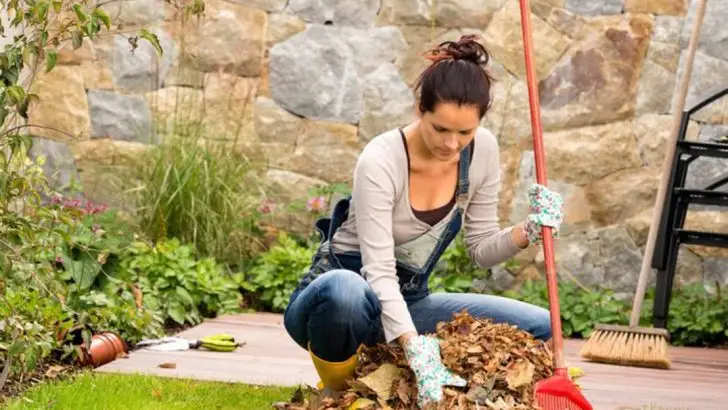Most garden calendars are overwhelming—packed with tasks you don’t have time for or that don’t even apply to your space. If you’re juggling a busy life, you need a system that focuses only on what’s essential and impactful.
This streamlined guide gives you 22 high-value tasks, spaced throughout the year, that truly make a difference. No fluff, no guesswork—just smart timing and low-effort actions that lead to a healthier, more beautiful garden.
In this article, you’ll find the only calendar that respects your time—while still giving your plants exactly what they need, when they need it.
Spring Soil Preparation
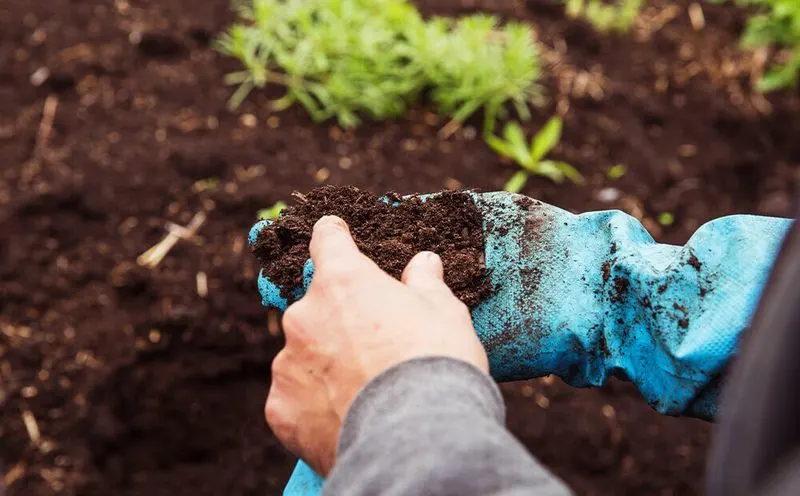
Spring is the time to rejuvenate your garden soil. Focus on tilling and removing old plant debris to make room for new growth. A soil test can be invaluable, revealing nutrient deficiencies that you can correct with organic matter or compost. Adding these enrichments ensures your plants have the nutrients they need for robust growth. Don’t forget to check the pH level, adjusting as necessary with lime or sulfur. This foundational task sets the stage for a successful planting season by optimizing soil health and fertility, allowing your plants to thrive.
Planting Cool-Season Vegetables

Cool-season vegetables like lettuce, peas, and radishes thrive in the cooler temperatures of early spring. Start by selecting a sunny spot with well-drained soil for planting. Utilize succession planting techniques to ensure a continuous harvest throughout the season. Carefully spacing your seeds will help prevent overcrowding, allowing each plant room to grow. As these vegetables grow quickly, keep an eye out for pests that might appear as the weather warms. With proper care, you’ll enjoy fresh, homegrown produce in no time, adding flavor and nutrition to your meals.
Pruning Trees and Shrubs

Pruning is an essential task for healthy trees and shrubs. It promotes new growth by removing dead or damaged branches, allowing sunlight and air to reach the inner parts of the plant. Choose a dry day in late winter or early spring for the best results. Focus on cutting back weak branches to encourage strong, resilient growth. Remember, proper pruning not only enhances the plant’s appearance but also helps prevent disease. With careful attention, your trees and shrubs will be vibrant and healthy, forming the backbone of your garden landscape.
Setting Up a Compost Bin
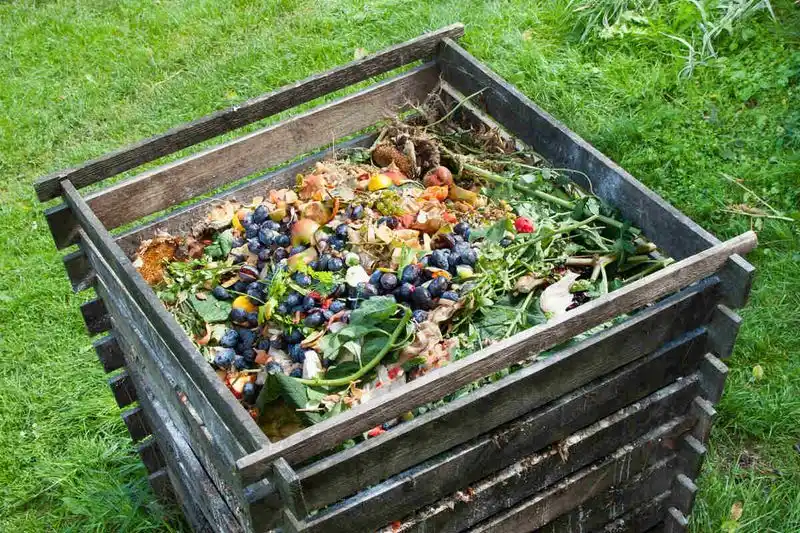
Starting a compost bin is a sustainable way to enrich your garden soil. Choose a location with good drainage and easy access. Collect kitchen scraps like vegetable peelings and coffee grounds, and layer them with yard waste such as leaves and grass clippings. Turn the compost regularly to speed up the decomposition process. This not only reduces waste but also creates a nutrient-rich material that can be returned to your garden. Composting is an eco-friendly task that benefits both your garden and the environment, providing essential nutrients for plants.
Mulching Garden Beds
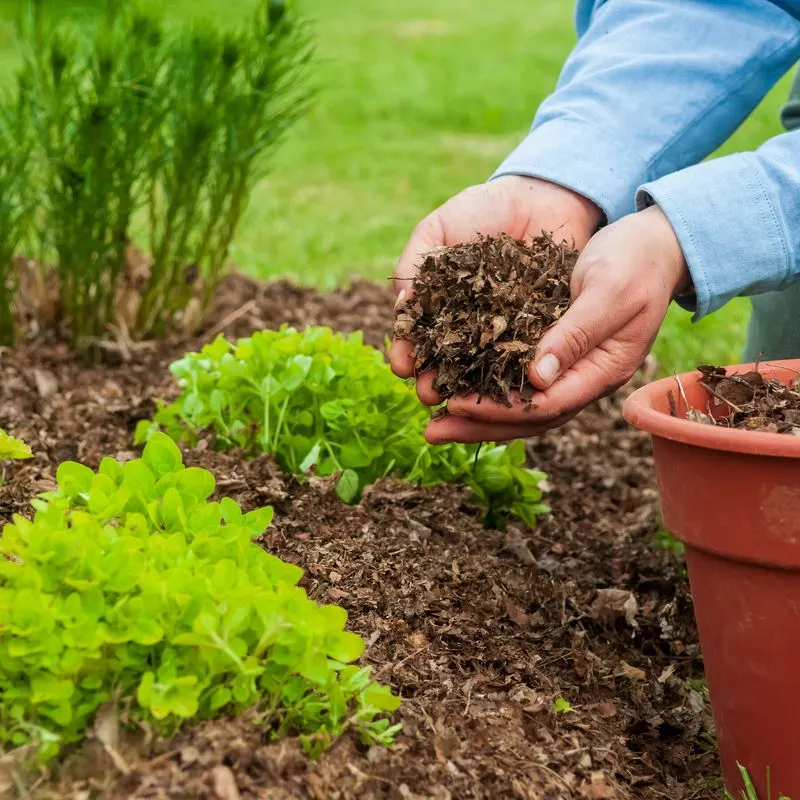
Mulching is a gardener’s secret weapon against weeds and moisture loss. By applying a thick layer of organic mulch around your plants, you help conserve water and keep soil temperatures stable. Mulch also breaks down over time, adding valuable nutrients back into the soil. Choose materials like shredded bark, straw, or leaf mold for the best results. This task not only reduces garden maintenance but also enhances the aesthetic appeal of your garden, creating a neat and tidy appearance. Mulching is an investment that pays off throughout the growing season.
Installing Drip Irrigation

Efficient watering is key to a thriving garden, and drip irrigation offers a solution. This system delivers water directly to plant roots, reducing evaporation and water waste. Installation involves setting up tubing and emitters that target specific plants. It’s perfect for busy homeowners, as it automates watering and ensures consistent moisture levels. Not only does it save time, but it also promotes healthier plants by preventing overwatering and reducing fungal diseases. Embrace this technology for a smarter, more sustainable garden care routine.
Planting Warm-Season Vegetables

Embrace the warmth of late spring by planting warm-season vegetables such as tomatoes, peppers, and corn. Select a location with full sun and fertile soil for optimal growth. These plants require consistent watering and regular feeding with a balanced fertilizer. Providing sturdy supports, like cages or stakes, helps manage growth and prevent damage from wind or heavy fruit. As the season progresses, keep an eye on pests and diseases that might appear. Enjoy the bounty of your labor with a harvest that adds vibrant colors and flavors to your kitchen.
Building Raised Garden Beds
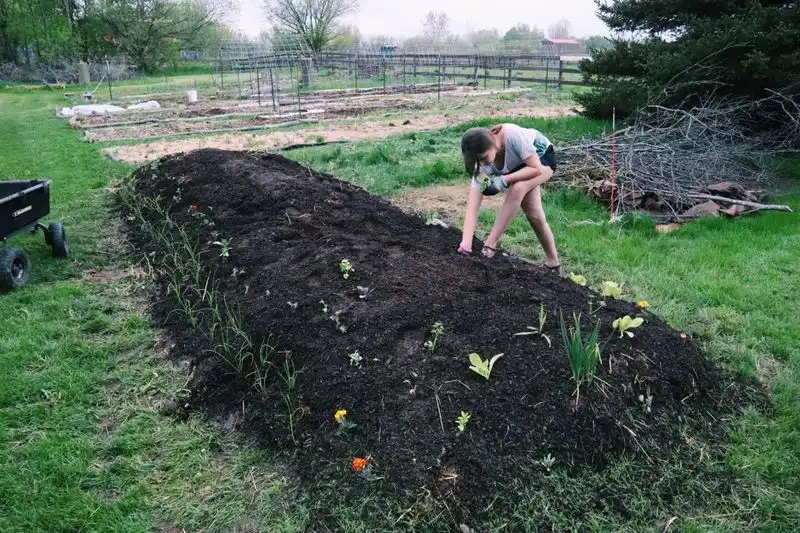
Raised garden beds offer numerous benefits, including improved drainage and soil quality. They are ideal for urban gardens or spaces with poor soil conditions. Building a raised bed is a straightforward project that can be customized to fit your space. Use untreated wood or recycled materials to construct the frame, and fill with a high-quality soil mix. Raised beds allow for better control over soil conditions and make gardening more accessible. This project not only enhances the functionality of your garden but also adds a structured and organized appearance.
Creating a Butterfly Garden
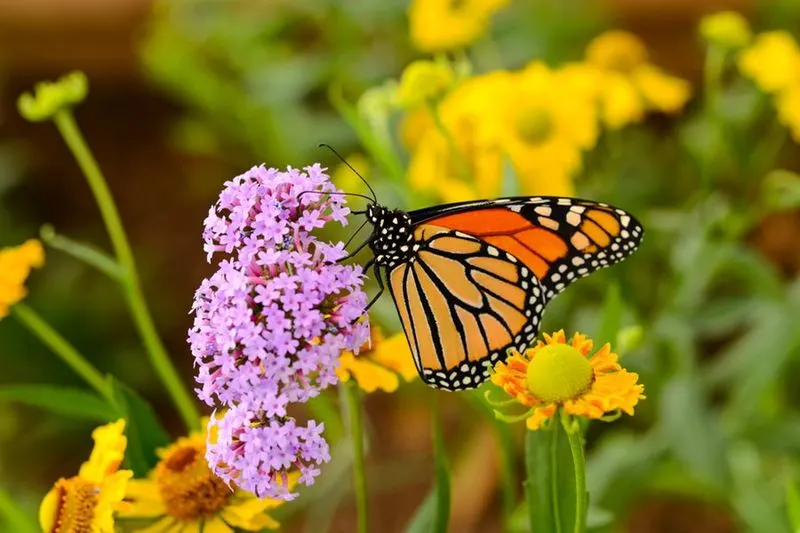
Attracting butterflies to your garden adds beauty and supports biodiversity. Start by selecting nectar-rich plants like milkweed, coneflowers, and lantanas. Plant in clusters to provide ample feeding opportunities and include host plants for caterpillars. Avoid using pesticides, as they can harm these delicate pollinators. Providing a shallow water source, like a birdbath with stones, offers butterflies a place to rest and rehydrate. By creating a welcoming environment, you support the lifecycle of these enchanting creatures, turning your garden into a living kaleidoscope of color and movement.
Installing a Rainwater Harvesting System
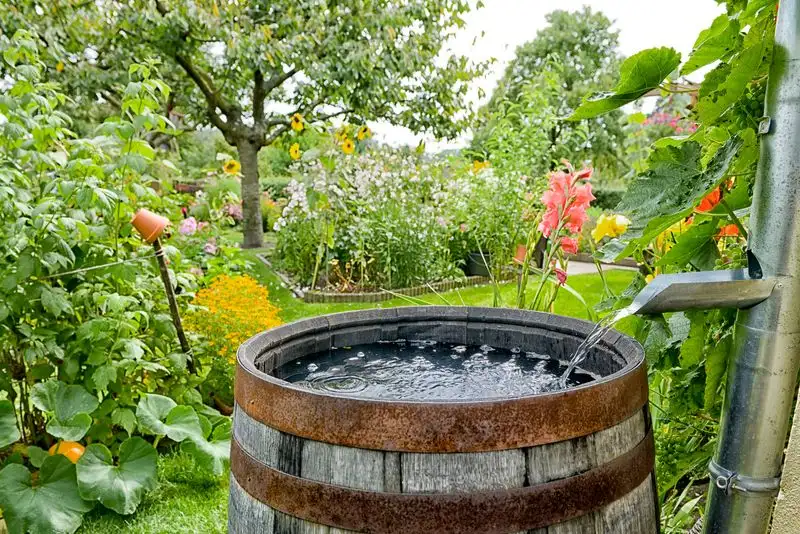
Harness the power of nature by installing a rainwater harvesting system. This eco-friendly practice involves collecting rainwater from roofs and storing it in barrels or tanks for garden use. Connect the system to a downspout and ensure proper filtration to prevent debris. Rainwater is free of chemicals and ideal for plants, reducing your reliance on municipal water. This sustainable approach not only conserves water but also lowers utility bills. It’s a practical solution for environmentally conscious homeowners wanting to make a positive impact on their garden and the planet.
Grafting Fruit Trees
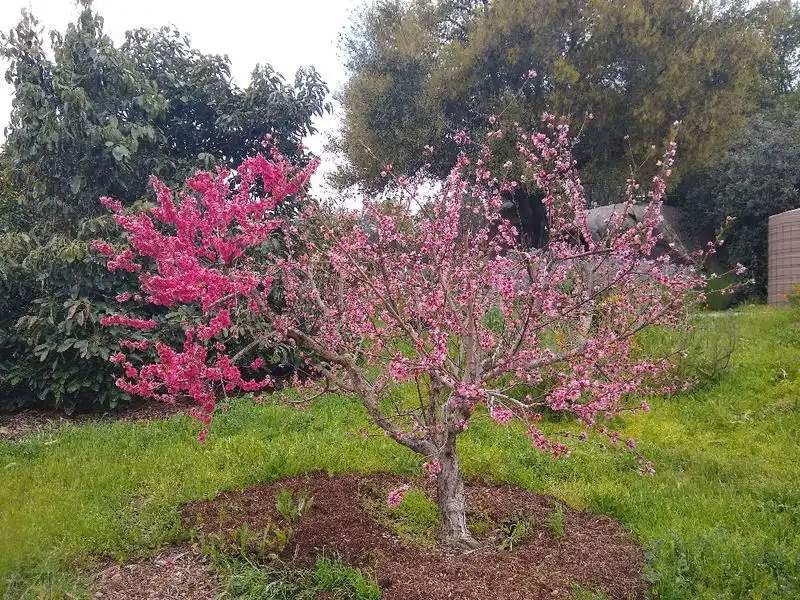
Grafting is an age-old technique that allows you to propagate new fruit trees with desired traits. By joining two compatible plants, you can create a tree that bears multiple types of fruit or improves disease resistance. It’s a skillful task that requires precision and patience, but the rewards are plentiful. Use grafting tape to secure the union and keep it moist for successful growth. This technique not only enhances your garden’s productivity but also offers a creative way to experiment with different fruit varieties. Embrace this art form to elevate your gardening experience.
Growing Herbs in Containers
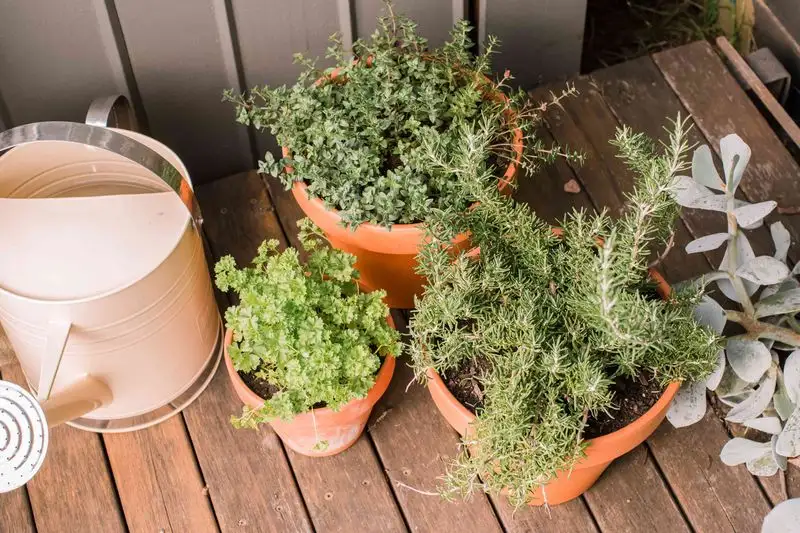
Cultivating herbs in containers is ideal for those with limited space or time. Choose pots with good drainage and place them in a sunny spot, such as a windowsill or patio. Herbs like basil, rosemary, and thyme thrive in containers and provide fresh flavors for cooking. Regular watering and occasional feeding with a liquid fertilizer keep them healthy. This method not only saves space but also brings the joy of gardening indoors. Enjoy the convenience of having aromatic herbs at your fingertips, ready to enhance your culinary creations at a moment’s notice.
Maintaining Lawn Health
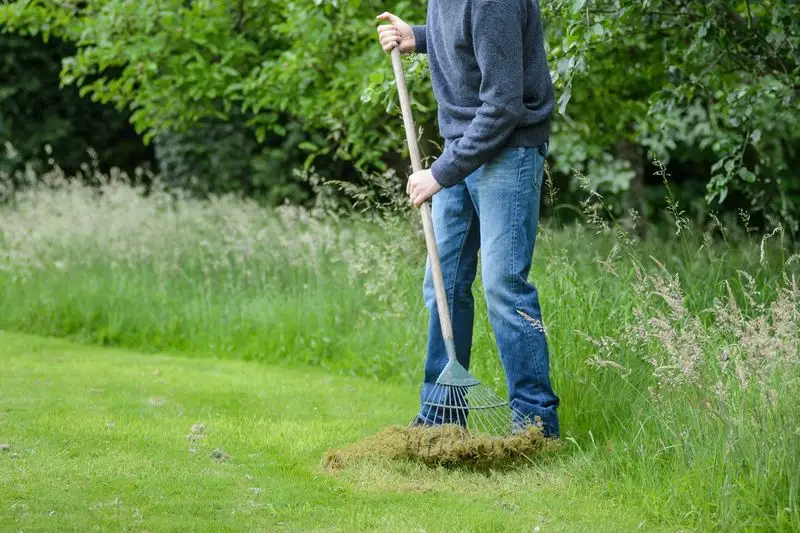
A healthy lawn is the centerpiece of your garden, providing a green backdrop for your plants. Regular mowing, watering, and fertilizing are key to maintaining its health. Adjust the mower blade height to prevent scalping and encourage strong root growth. Aerating the lawn improves air circulation and nutrient absorption, enhancing its resilience. Pay attention to weeds and pests, addressing them promptly to prevent spread. With consistent care, your lawn will thrive, offering a lush and welcoming space for outdoor activities and a beautiful frame for your garden’s features.
Starting Seeds Indoors
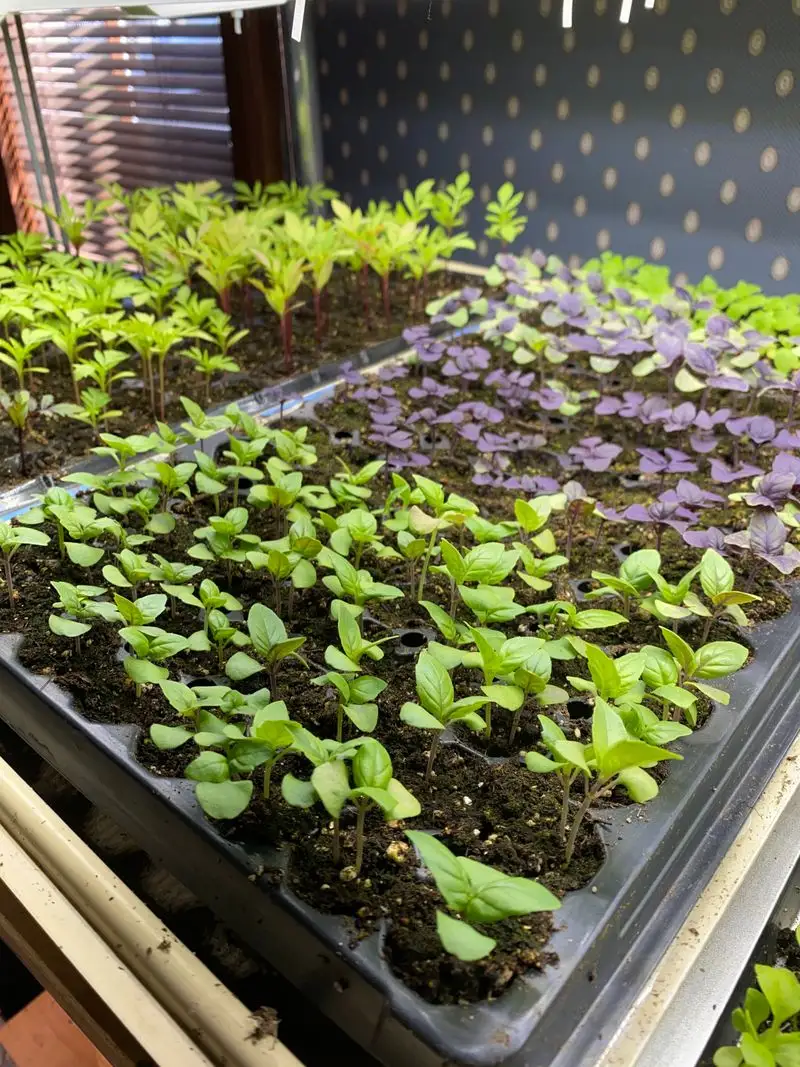
Starting seeds indoors gives you a head start on the growing season and offers greater control over the environment. Use seed trays or small pots, and place them on a sunny windowsill or under grow lights. Keep the soil consistently moist, and provide gentle warmth to encourage germination. Transplant seedlings to the garden once the danger of frost has passed. This method allows you to experiment with different plant varieties and ensures a continuous supply of young plants. Enjoy the process of nurturing seeds into healthy seedlings, ready to thrive outdoors.
Weed Control Techniques
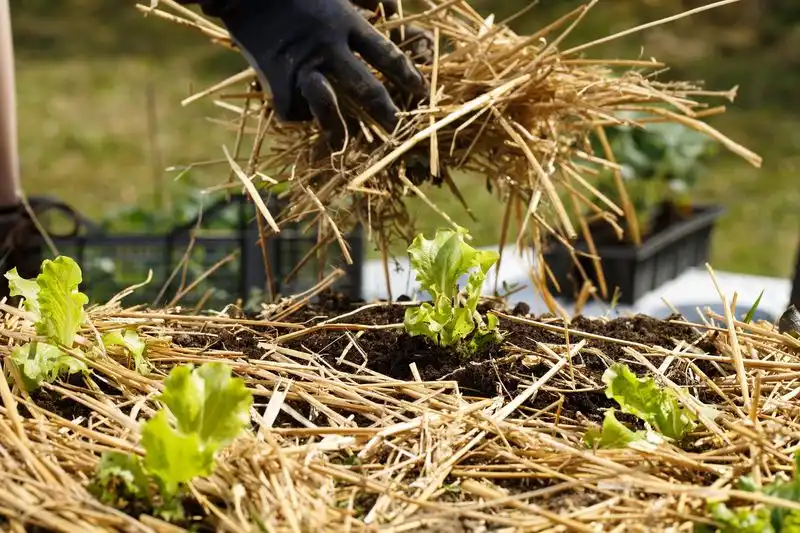
Weeds are the bane of gardeners, competing with plants for nutrients and space. Employing effective weed control techniques is crucial. Regular hoeing, hand-pulling, and applying organic mulch are excellent methods to keep weeds at bay. Consider using natural barriers like landscape fabric for persistently weedy areas. Staying vigilant and addressing weeds as they appear prevents them from taking over. With these strategies, you can maintain a tidy and productive garden. Enjoy the satisfaction of a weed-free space where your plants can flourish without competition.
Installing Garden Lighting

Garden lighting transforms an outdoor space into a magical retreat. Strategically placed lights along pathways and near plants create ambiance and enhance safety. Solar-powered lights are energy-efficient and easy to install, making them a popular choice. Experiment with different styles, like string lights or lanterns, to personalize the look. Lighting not only highlights the beauty of your garden after dark but also extends the time you can enjoy it. Embrace this simple upgrade to elevate your garden’s appeal and create a welcoming environment for evening relaxation.
Constructing a Garden Trellis

A garden trellis adds height and structure, guiding climbing plants to create vertical interest. Constructing your own trellis allows for customization to fit your space and style. Use materials like wood or metal, ensuring stability to support plant growth. Position it strategically for maximum sunlight and plant climbing varieties like clematis or beans. This project not only supports plants but also enhances the visual appeal of your garden. Enjoy watching your plants reach new heights, adding dimension and beauty to your outdoor space.
Setting Up Bird Feeders
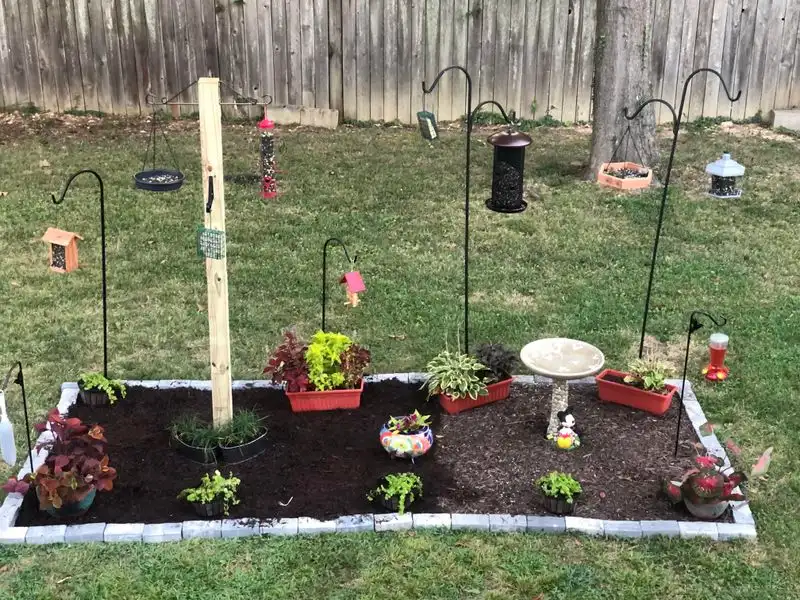
Bird feeders bring life and movement to your garden while supporting local wildlife. Choose a mix of seeds to attract different bird species and place feeders in spots where they can be easily viewed. Regular cleaning helps prevent the spread of diseases. Birdwatching becomes a delightful activity as you observe the diverse visitors to your garden. This simple addition not only benefits the birds but also enhances your connection to nature. Create a haven for feathered friends and enjoy the vibrant activity they bring to your garden.
Growing Perennial Flowers

Perennial flowers offer long-lasting beauty, returning year after year with minimal effort. Choose varieties suited to your climate and soil conditions, such as peonies, daylilies, or hostas. Plant them in well-drained soil with adequate sunlight, and water regularly to establish strong roots. Deadheading spent blooms encourages more flowers and keeps the garden looking tidy. Enjoy the vibrant colors and textures that perennials bring, providing a reliable foundation for your garden’s design. Relish the ease of caring for plants that reward you with consistent and enduring beauty.
Hosting Garden Parties

Garden parties offer a delightful way to enjoy the fruits of your labor with friends and family. Setting up an inviting space with comfortable seating and ambient lighting creates a perfect gathering environment. Consider themes or potluck-style events to add fun and variety. Provide shade and mosquito control for added comfort. Hosting in your garden celebrates the beauty of the outdoors and offers a personal touch to entertaining. Share your gardening achievements while creating cherished memories with loved ones in a picturesque setting.
Preparing for Winter

As the growing season winds down, preparing your garden for winter ensures its readiness for spring. Clean up plant debris and apply a layer of mulch to protect soil and roots. Consider covering delicate plants with burlap or frost cloth. Draining irrigation systems prevents damage from freezing temperatures. These tasks safeguard your garden’s health during the colder months. By taking these steps, you’ll set the stage for a thriving garden next year, allowing it to emerge from winter dormancy with renewed vigor.

